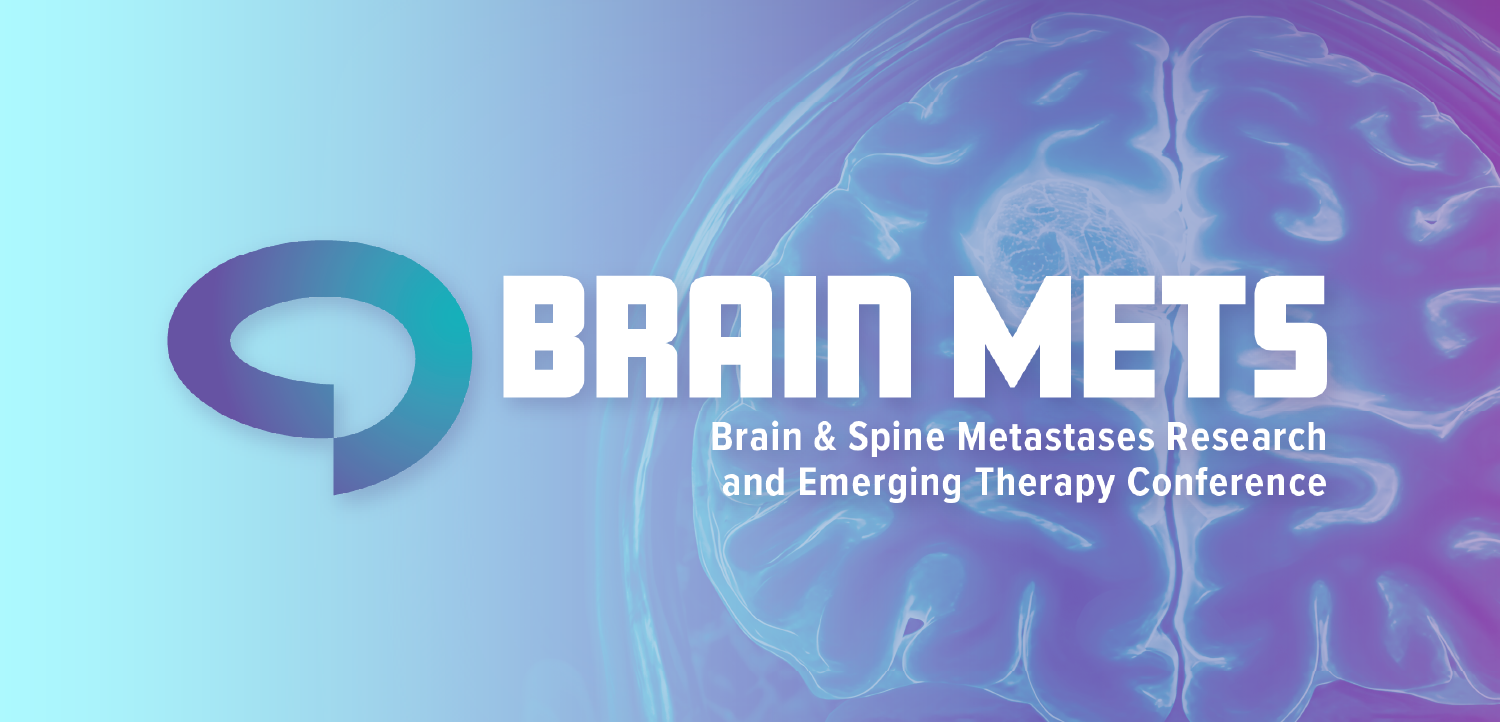
Why remote care should be the standard of care | Viewpoint
It’s time for remote care to stop being viewed as a novel enhancement and instead be adopted more broadly, particularly for those managing chronic conditions.
Chronic diseases account for
While continued discoveries are certainly needed to improve clinical outcomes and reduce spending, long-term success with chronic conditions boils down to a most unexciting factor: care management.
Decades of research on chronic illness, which is also the top cause of mortality worldwide, has repeatedly shown that optimal care management is essential to optimal outcomes,
Historically, how chronic conditions have been managed, typically through periodic visits to a physician’s practice for preventive checkups or to address new symptoms, has mostly failed to budge the quality or cost curve and strained already overburdened practices and outpatient clinics.
In recent years, however, thoughtfully implemented remote care programs have enabled providers to deliver continuous, patient-centered support beyond the walls of the practice or hospital.
It marries the power of real-time data with clinical oversight, ensuring that every patient, regardless of age, location, or tech-savviness, receives personalized guidance and proactive intervention when needed.
As the youngest of the Baby Boomers reach age 65 by 2030, chronic disease rates will continue to climb, and providers will face ever-growing demands. Traditional episodic care is no longer enough. It’s time for remote care to stop being viewed as a novel enhancement and instead be adopted as the standard of care—particularly for those managing chronic conditions.
Care management is the foundation
Remote care transforms lives. Integrating remote patient monitoring (RPM) with care management and coordination creates a comprehensive model that supports patients throughout their health journey.
This model isn’t just innovative, it aligns with long-standing, evidence-based best practices endorsed by disease-specific accrediting bodies such as the
Despite their guidelines and
Care management is much more than reminders to refill medications and confirm appointments. It encompasses education, behavior reinforcement, lifestyle coaching, symptom tracking, and care coordination. It ensures patients understand their treatment plans, medications, and disease exacerbation warning signs. It also facilitates access to nutrition, mental health support, and physical therapy. These factors meaningfully influence quality of life and long-term outcomes.
By embedding care management into remote care models, providers can create a continuous thread of clinical oversight that bridges the gaps between office visits. This is critical for high-risk patients, but even more so for rising-risk patients who are typically more challenging to identify and may otherwise go unnoticed until a crisis occurs.
Remote care improving outcomes
Remote care offers a proven strategy to reverse outcome and spending trends. For example, a 2024 study of patients with chronic conditions found measurable improvements in
Key health indicators improved significantly, with notable reductions in disease-related markers and symptom severity. Patients also reported better overall health status, indicating more effective management of chronic conditions.
Direct medical expenses were reduced by more than half, and indirect costs, such as lost productivity, were also significantly lowered. Patients also responded positively to the model.
Satisfaction with communication and convenience of services rose sharply, and overall satisfaction reached 95%. Access to care improved as geographic barriers decreased, and patients required fewer in-person visits, highlighting greater efficiency and accessibility.
Part of the reason for these improvements is that remote care isn’t just reactive, it enables early intervention. Licensed remote teams working as an extension of a health system or practice can monitor physiological data in real time using cellular-connected devices, which require no apps, Wi-Fi, or Bluetooth, making them accessible even to more senior, less tech-savvy populations.
When a patient’s metrics trend out of range, clinical teams assess and escalate the situation appropriately, filtering what reaches the provider to ensure relevance and clarity.
While it’s true that recent developments in AI can help with RPM data filtering, a trained, experienced and qualified clinician needs to review any technology-generated guidance to ensure safety, accuracy, and relevancy.
Few practices or health systems can devote their staff’s time to such activities, which is why they trust experienced partners to reduce their clinicians’ burden while maintaining high-quality oversight.
Redefining care management
Medicare and other payers increasingly recognize the value of remote care. Programs like Chronic Care Management (CCM), Remote Physiologic Monitoring (RPM), and Principal Care Management (PCM) are now reimbursable services.
These codes don’t just support sustainable delivery, they help physicians demonstrate the complexity of care being provided, which is often underrepresented in traditional visit documentation.
Payers have recognized that traditional healthcare has long been episodic, defined by periodic visits and reactive responses. Remote care introduces a continuous model where patients are supported daily, instead of quarterly, annually, or when they have a complaint.
This shift is especially critical in conditions like hypertension, diabetes, chronic obstructive pulmonary disease, and heart failure, where early intervention can prevent serious complications.
The behavioral and mental health benefits of continuous care are well-documented. For example, patients with obesity are more successful at maintaining weight loss when they have sustained support.
Similarly, anxiety among patients with chronic disease can stem from uncertainty between visits. Remote care offers reassurance and responsiveness, mitigating unnecessary emergency department visits and improving patient peace of mind.
The standard of care must evolve
While reimbursement and regulations continue to evolve, we cannot afford to wait for perfect conditions. Utilizing existing billing codes and adopting already-proven remote care delivery models is essential to supporting patients today and shaping the future of healthcare. When providers participate in remote care programs, they contribute valuable data and outcomes that help policymakers understand what works and where to expand.
Physicians don’t need to be experts in every element of remote care. What they need are trusted partners who can extend their capabilities, support compliance, and deliver care in a scalable, patient-centered way.
It’s time to shift the narrative: remote care is first-line treatment. For providers grappling with limited resources, patients juggling complex conditions, and a healthcare system striving for value-based outcomes, remote care offers a path forward that is clinically robust, economically viable, and deeply human.
Let’s stop thinking of remote care as the future and start recognizing it as the standard.
About the author
Alexandria Foley is chief nursing officer at Brook Health.








































